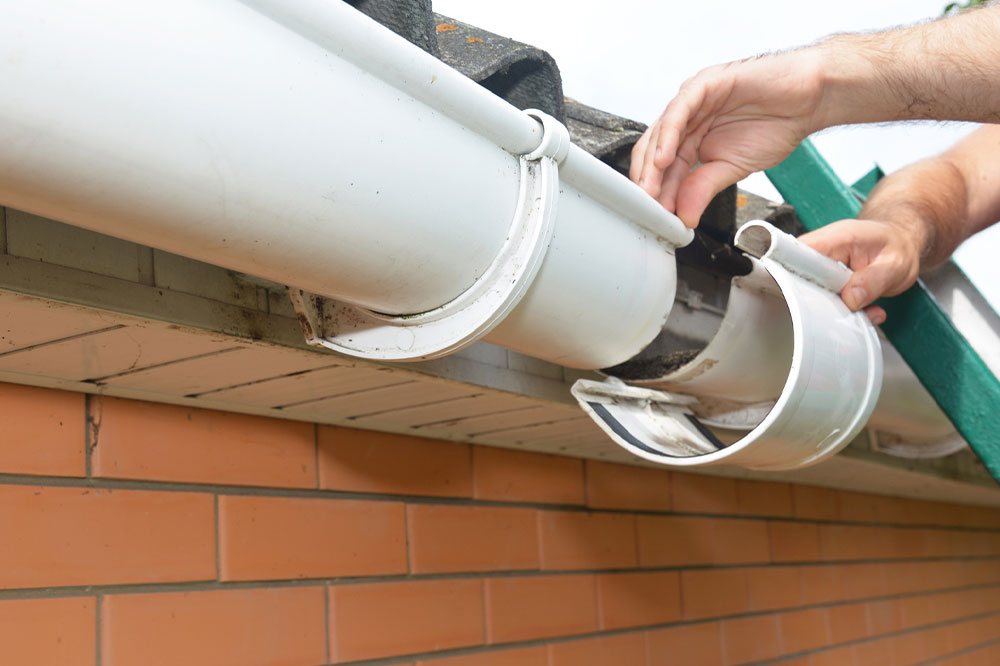5 mistakes to avoid while installing rain gutters

Gutter installation is essential, especially in locations that experience significant rainfall. One can hire a contractor for the job or take the DIY route. Gutter installation involves tasks like measuring areas, cutting, and sealing to ensure that rainwater does not accumulate near one’s home. Several things must be considered during the installation process, including the gutter pitch, placement, and hangers. Some of the avoidable mistakes during this process are discussed below.
Cutting costs while buying installation materials
Cost efficiency helps save expenses during rain gutter installation, but skimping on essential components as a part of the cost-cutting can lead to problems in the long run. For instance, gutters that bend or sag tend to have installation problems. This problem arises from not installing enough hangers – the connecting hardware component that anchors gutters to a residence, and saving costs.
Besides hangers, one may be tempted to purchase subpar gutter systems to cut costs. However, the cheapest option might not be the best one. Therefore, while paying more during installation may hurt one’s pocket initially, it is an investment that will benefit by saving repair costs in the future.
Not considering the gutter pitch
Rain gutters are usually mounted at a slight pitch, raising their level compared to the surrounding areas on the roof. This mounting is also at an angle to drain water from the house efficiently. One needs to strike just the right balance while creating this pitch. If it is too steep, the water rushes through it and overflows in the gutter. Meanwhile, the drainage system will not function effectively if the pitch is insufficient. Ideally, the pitch should not exceed half an inch for every ten feet of gutter.
Placing the rain gutters incorrectly
The balance mentioned above must be maintained even while placing gutters on the roof. So, one must not place them right on the roof’s edge. It avoids a scenario where rainwater pulls back underneath the roof and drips downwards. Alternatively, the gutter should not be placed too high on the roof, allowing rainwater to run behind the gutter and damage the fascia boards.
Ideally, the gutters must be placed just a few inches under the roof edge. One can hire expert roofers for this task. Perfect placement drains the rainwater directly into the gutters.
Settling for insufficient seam welding
It is the most overlooked aspect of rain gutter installation. Improperly welded seams are among the main reasons behind leaking gutters. Therefore, homeowners must ensure the welding is sufficient to avoid this issue. For example, one can buy seamless gutters instead of multi-section ones to avoid welding problems and ensure no gutter leakage.
Placing the gutter hangers too far apart
People may place gutter hangers too apart during DIY installation. It is a major mistake, as rain gutters tend to sag because hangers are positioned too far apart. What’s worse, leaving behind wide spaces between hangers can lead to gutters getting separated from one’s home eventually. Though it may seem like a small issue, one may spend a lot to repair it in the long run. Therefore, gutter hangers must be placed at least every three feet to prevent sagging.





